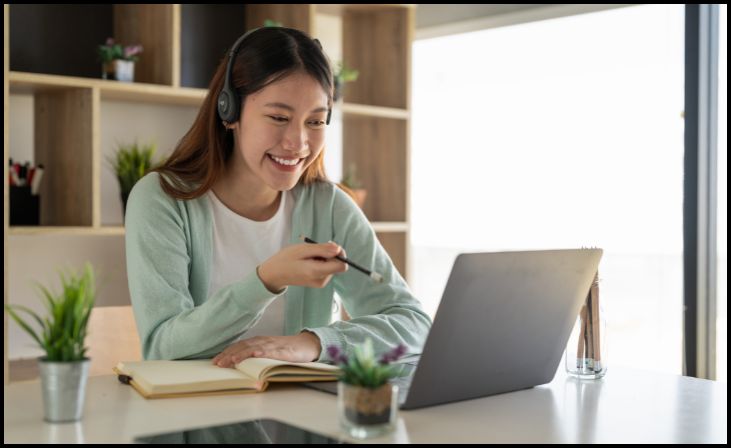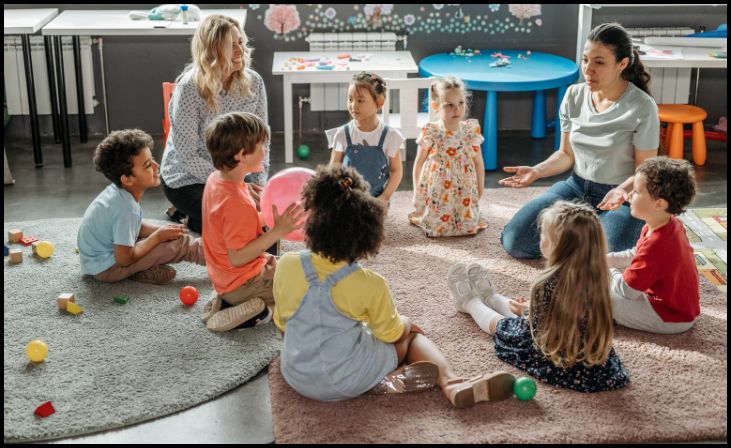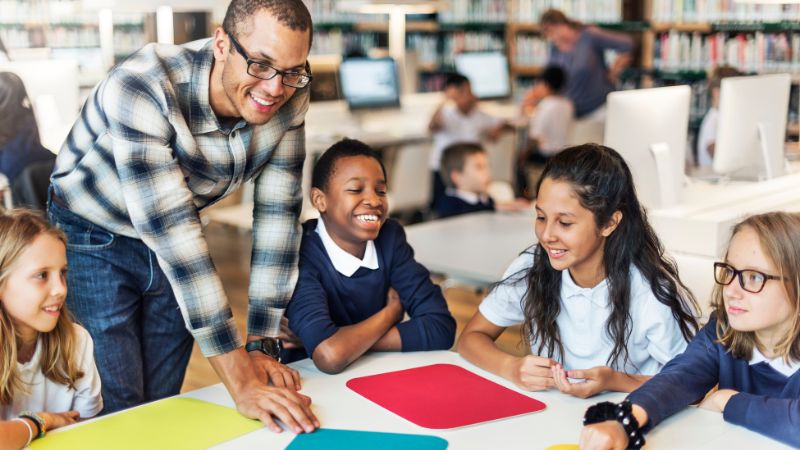In the ever-evolving landscape of education, personalized learning has emerged as a key approach to meet the diverse needs of students. Tailoring instruction to individual learning styles, preferences, and pace can significantly enhance student engagement and academic success. This blog explores nine personalized learning strategies that educators can implement in their classrooms to create more effective and inclusive learning environments. From differentiated instruction to project-based learning, these strategies empower educators to meet students where they are and guide them towards their full potential. By embracing personalized learning, educators can cultivate a dynamic and adaptive approach to teaching that fosters a love for learning in every student.
9 Personalized Learning Strategies To Implement In Class
1. Differentiated Instruction

Differentiated instruction is a key strategy in personalized learning that involves tailoring teaching methods and content to meet the diverse needs of students. This method acknowledges that every student learns differently and at a different speed. Educators can implement differentiated instruction by providing multiple pathways for students to learn and demonstrate their understanding. For example, students might have the option to choose from different assignments or projects that align with their interests and learning styles. By incorporating differentiated instruction, educators can ensure that all students are challenged and engaged, leading to improved learning outcomes.
Also Read:- Benefits Of Professional Learning Communities
2. Project-Based Learning (PBL)
Project-based learning is a hands-on approach that allows students to explore real-world problems and challenges. In a personalized learning setting, educators can design projects that align with students’ interests and goals, allowing them to take ownership of their learning. For example, students might work on a project that involves researching a topic of their choice and presenting their findings to the class. Through project-based learning, students can develop critical thinking, collaboration, and problem-solving skills, which are essential for success in the 21st century.
3. Individualized Learning Plans (ILPs)
Individualized learning plans are personalized plans that outline specific goals and strategies for each student. Teachers, students, and parents work together to create these plans, which take into consideration each student’s learning preferences, interests, and areas of strength and weakness. ILPs can include a variety of strategies, such as extra support in areas where a student may be struggling or opportunities for enrichment in areas of strength. By implementing ILPs, educators can ensure that each student receives the support and resources they need to succeed.
4. Flexible Learning Spaces
Flexible learning spaces are environments that can be easily adapted to meet the needs of different learning activities and styles. These spaces allow students to work individually or in groups, depending on their preferences and the task at hand. Educators can create flexible learning spaces by incorporating movable furniture, technology, and resources that support different learning modalities. By providing flexible learning spaces, educators can accommodate the diverse needs of students and create a more inclusive and engaging learning environment.
5. Personal Learning Networks (PLNs)
Personal learning networks are networks of people and resources that support and enhance an individual’s learning goals. In a personalized learning setting, educators can help students develop their PLNs by encouraging them to connect with experts, mentors, and peers who share their interests. PLNs can provide students with access to a wealth of knowledge and expertise outside the classroom, helping them to explore new ideas and perspectives. By fostering PLNs, educators can empower students to take control of their learning and pursue their passions.
6. Adaptive Learning Technology

Adaptive learning technology is software that adjusts the level of difficulty and pace of learning based on a student’s responses. This technology can be used to personalize learning experiences by providing students with targeted feedback and adaptive learning pathways. For example, a math program might adapt the types of problems it presents to a student based on their performance. By incorporating adaptive learning technology, educators can provide students with individualized support and help them progress at their own pace.
7. Student Choice and Voice
Giving students choice and voice in their learning is essential for personalized learning. Educators can empower students by allowing them to choose topics for projects, select from a variety of assignments, and provide input on classroom activities. This approach not only increases student engagement but also helps students develop important skills such as decision-making and self-advocacy. By incorporating student choice and voice, educators can create a more student-centered learning environment that meets the unique needs of each student.
8. Mastery-Based Learning
Mastery-based learning is an approach that focuses on ensuring that students have mastered a concept before moving on to the next one. In a personalized learning setting, educators can use mastery-based learning to provide students with the time and support they need to achieve mastery. This approach allows students to progress at their own pace and ensures that they have a solid foundation before moving on to more complex concepts. By implementing mastery-based learning, educators can help students build confidence and develop a deep understanding of the material.
9. Peer Collaboration and Feedback

Peer collaboration and feedback are valuable components of personalized learning. Educators can facilitate peer collaboration by assigning group projects and activities that require students to work together. Peer feedback can also be incorporated into the learning process, allowing students to provide constructive feedback to their peers. This approach not only helps students develop collaboration and communication skills but also allows them to learn from each other’s perspectives. By encouraging peer collaboration and feedback, educators can create a supportive learning community where students can learn from each other and grow together.
Also Read:- Strategies For A Collaborative Teaching
Conclusion
To sum up, personalized learning is an extremely effective tool that has the potential to transform the way we teach students completely. By implementing these nine strategies, educators can create more inclusive and effective learning environments that cater to the unique needs of every student. Through differentiated instruction, project-based learning, and other personalized approaches, educators can empower students to take ownership of their learning journey and achieve their full potential. As we continue to explore new ways to enhance education, personalized learning stands out as a promising approach that can truly transform the future of learning.
FAQs
How can I implement personalized learning in my classroom?
Implement personalized learning by knowing your students, differentiating instruction, using technology, providing choice, assessing progress, and collaborating with colleagues.
What are the benefits of personalized learning?
Benefits include increased engagement, improved academic performance, greater motivation, development of 21st-century skills, and better preparation for the future.


Leave a Reply